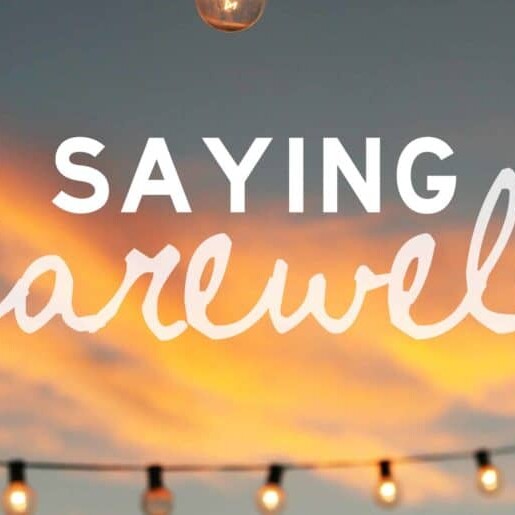I love June Holley. June has been committed to my success since day 1. Several years ago, we were both on a site created by MIchael Soto, called Spark Collaboration. June and I were matched and met virtually. From that moment, she used her power as an ally to open doors for collaboration. She became my mentor and a fierce advocate. I am forever grateful.
As I view the leaders of many of the network trainers, I do not see the diversity necessary to bring new ideas and perspectives to the table. By telling others this is important, we must examine our organizations to ensure that we are living the teaching we are leading others to do. According to Pew Research Center, by 2055, our demographics will change drastically. Does our work reflect this fact?
World Population Review
“Growth in the Hispanic and Asian populations is predicted to almost triple over the next 40 years. By 2055, the breakdown is estimated to be 48% White, 24% Hispanic, 14% Asian, and 13% Black. As of 2015, 14% of the United States’ population is foreign born, compared to just 5% in 1965. Nearly 39 million immigrants have come to the US since 1965, with most coming from Asia and Latin America. The 2015 Census Report predicts that the percentage of the US population that is foreign born will continue to increase, reaching 19% by 2060. This increase in the foreign-born population will account for a large share of the overall population growth. The average US citizen of 2060 is likely to be older than the average citizen of today, and almost one in four people will be 65 or older. At the same time, the percentage of people who are working age (18-64) is likely to fall from 63% today to 52% in 2060. “
-World Population Review, United States.
These changes will impact the way that we collaborate and work together. As Network Weavers, we must be leaders in this space, modeling the behavior that we are telling others is important as they build relationships in their local communities. There are several questions we must ask:
1. Who are our mentors? What unique perspective to they bring to our work?
2. What is the racial, ethnic, age composition of our teams and those in leadership in our organizations?
3. How are we building our toolkit to unpack our often unknown biases that may contribute to our comfort with sameness?
My research focuses on social capital and diverse women. One of the things I discovered is that in order to build trust, we have to create the space for it. This includes having those courageous conversations to make sure the right people are at the table. We must go beyond bonding social capital—connecting to those who are similar to us and create the space for bridging/linking social capital.–connecting to those who are different than we are. When we do this, the ideas, the points of view will radically change the way we see the world and how we fit in it. We so desperately want this for our communities which is why we are in this work—we must be willing to embody those same principles in the folks that work with us.
One of the most powerful books I’ve ever read was the work of by Linda Tuhiwai Smith, Decolonizing Methodologies: Research and Indigenous People. This book forced me to realize how what we believe is truth may not necessarily be the truth for others. We all have ways of knowing and making meaning of what we experience. This book challenged me and further explained the role of imperialism on indigenous communities. I would strongly encourage you to read this to broaden your views and challenge your perspective. It affirmed my research when I listened to two women in my research group identify with unemployment differently because of race and affluence. Our experiences, the way we see the world, our perceptions of truth are different and if we are not willing to push ourselves beyond our comfort zones, listen, include and collaborate with others, our work will be less than its full potential to transform the communities we serve and love.
Diversity is important.
Dr. Froswa’ Booker-Drew
To find my books:
http://www.austinbrotherspublishing.com/RulesofEngagement.html
http://www.austinbrotherspublishing.com/ReadyRevolution.html
https://www.walmart.com/ip/Rules-of-Engagement-Making-Connections-Last/53408415
https://www.walmart.com/ip/53441848
Links about my work:
https://www.youtube.com/playlist?list=PLodopVuLSnxMAk3n78dYFHulcuuxk0BJm
(Our talk show!!!) https://4good.org/froswa-booker-drew
Related Posts
September 24, 2025
Thank you & Farewell
November 4, 2024



